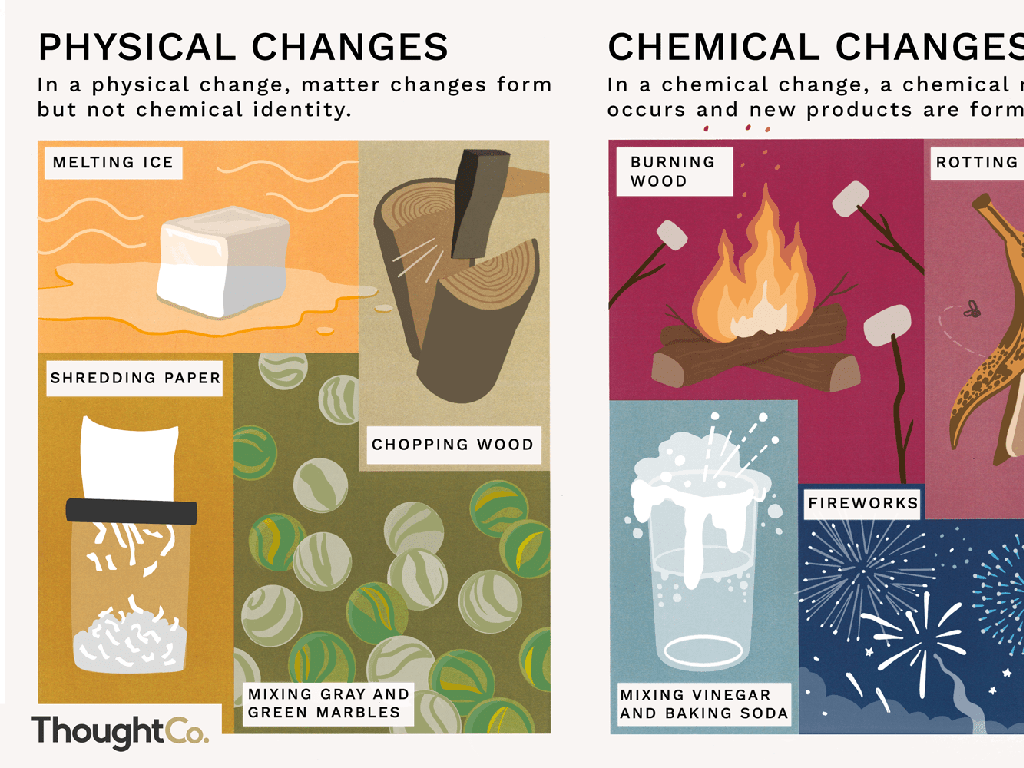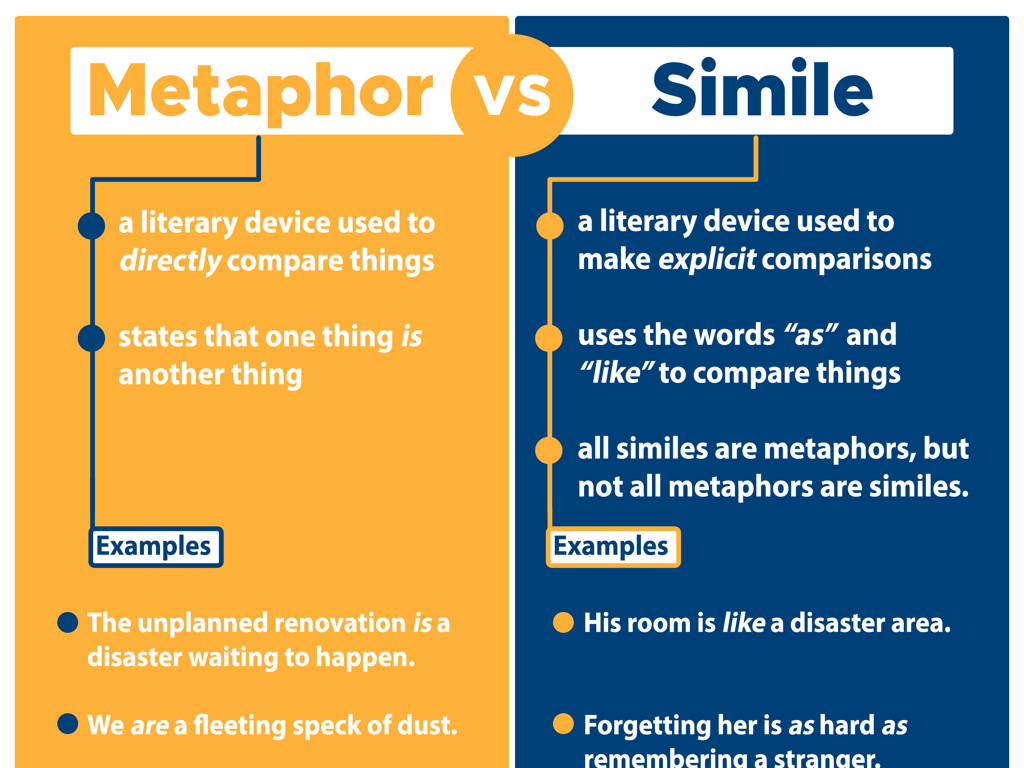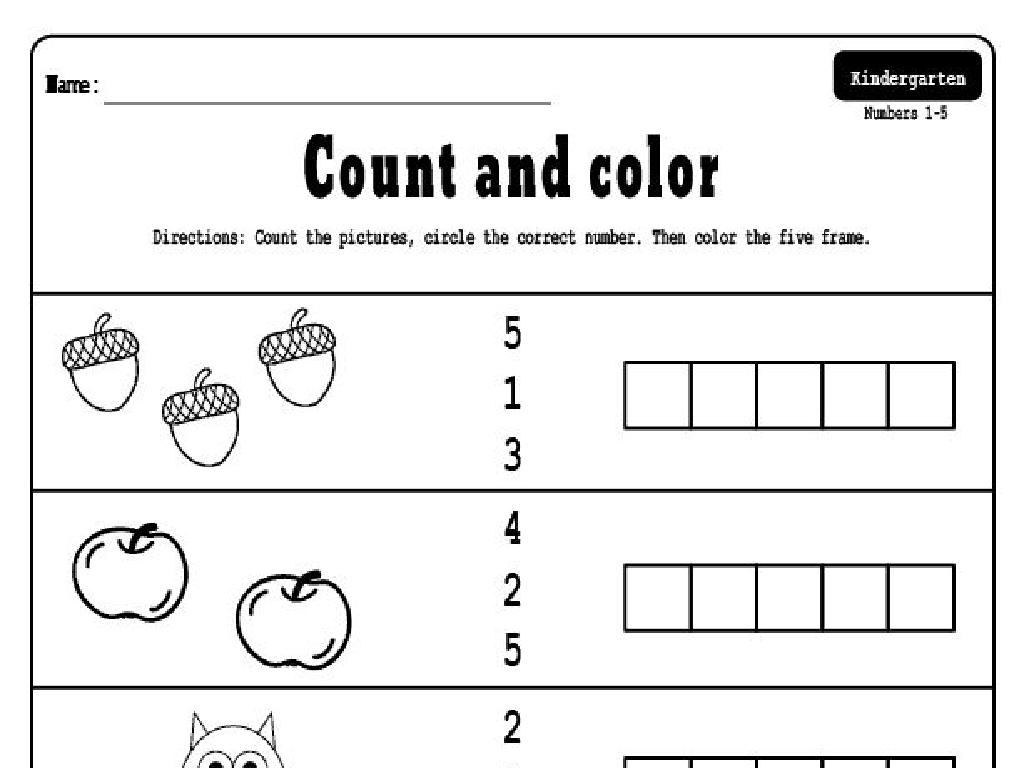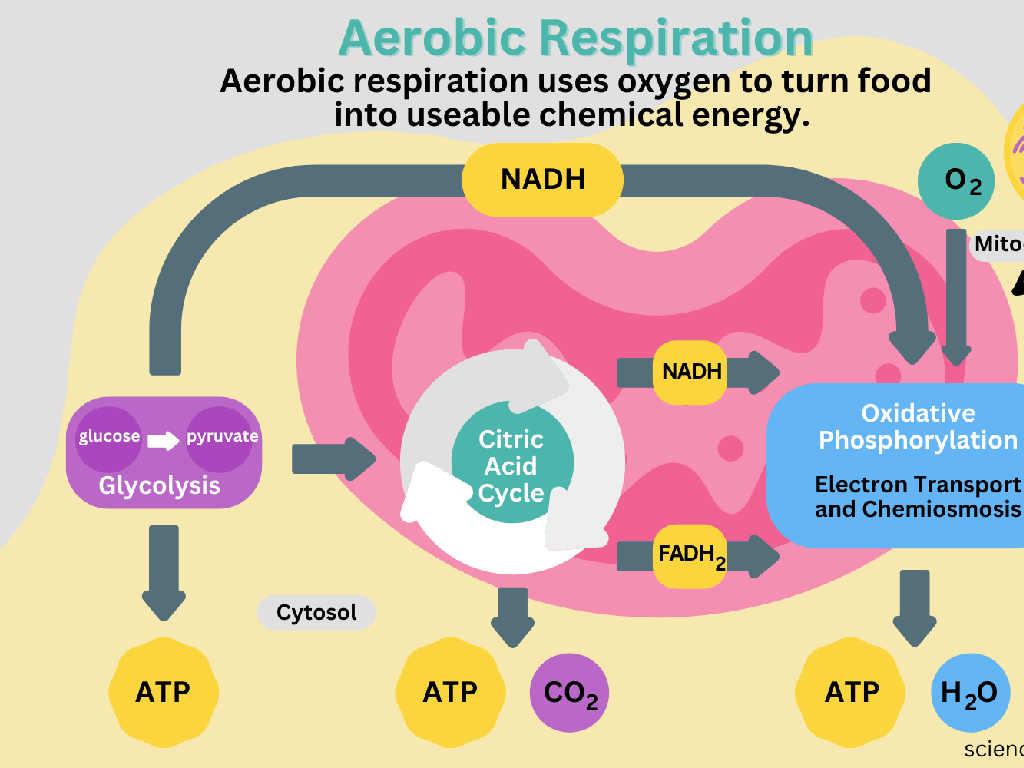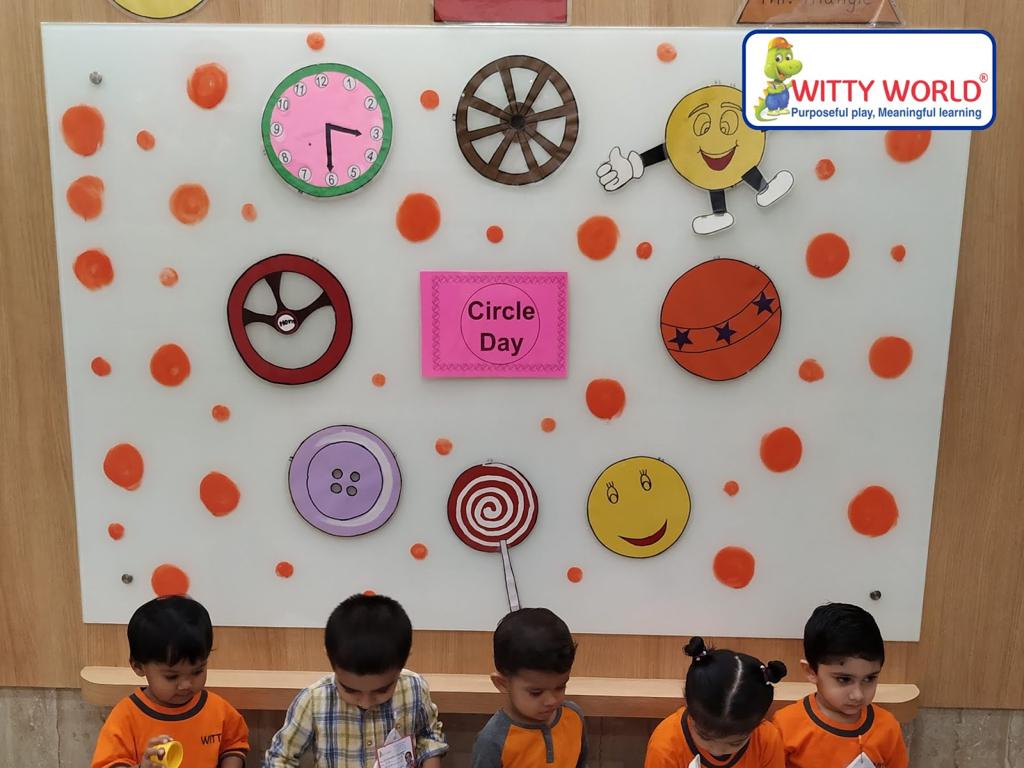Identify Subordinating Conjunctions
Subject: Language arts
Grade: Fifth grade
Topic: Conjunctions
Please LOG IN to download the presentation. Access is available to registered users only.
View More Content
Subordinating Conjunctions Adventure
– Role of conjunctions in sentences
– Conjunctions connect words, phrases, or clauses
– Subordinating vs. Coordinating
– Subordinating conjunctions connect dependent and independent clauses, unlike coordinating conjunctions which connect equals
– Examples of subordinating conjunctions
– ‘Because’, ‘although’, ‘when’, ‘if’ are a few examples
– Practice identifying them
– We’ll find subordinating conjunctions in sentences together
|
This slide introduces the concept of subordinating conjunctions to fifth graders. Begin by explaining the general role of conjunctions in creating complex sentences. Highlight the difference between subordinating and coordinating conjunctions, emphasizing that subordinating conjunctions introduce a dependent clause that cannot stand alone. Provide clear examples of subordinating conjunctions and encourage students to think of sentences that use them. Plan an interactive activity where students work in pairs to identify subordinating conjunctions in sentences provided by the teacher or from their reading books.
Exploring Conjunctions: Building Blocks of Sentences
– Conjunctions: Sentence bridges
– They link ideas like a bridge in a sentence.
– Connect words, phrases, clauses
– Three types of conjunctions
– Coordinating: and, but, or. Subordinating: because, although. Correlative: either…or.
– Focus: Subordinating conjunctions
– Subordinating conjunctions begin dependent clauses.
|
This slide introduces the concept of conjunctions to fifth-grade students, highlighting their role as connectors in sentences. It’s crucial to explain that conjunctions are like bridges that link different parts of a sentence to make it complete and coherent. Emphasize the three types of conjunctions and provide examples for each, with a special focus on subordinating conjunctions. Explain that subordinating conjunctions introduce dependent clauses, which cannot stand alone as sentences but add important information. Encourage students to think of conjunctions as puzzle pieces that fit together to make a picture, or in this case, a complete sentence.
Spot the Subordinating Conjunctions
– What are subordinating conjunctions?
– Words that connect a dependent clause to an independent clause
– Joining clauses together
– They help form complex sentences with more detail
– Common examples: because, if, when
– ‘Because’ shows reason, ‘if’ shows condition, ‘when’ indicates time
– Answering ‘why?’, ‘when?’, ‘how?’
– Use them to ask or answer questions about the action in the sentence
|
This slide introduces subordinating conjunctions, which are words that link dependent clauses to independent clauses, forming complex sentences. Examples include ‘because’, ‘although’, ‘if’, ‘when’, and ‘since’. These conjunctions often help answer questions such as ‘why?’ ‘when?’ and ‘how?’ in a sentence. Encourage students to think of sentences that use these conjunctions and what questions they answer. For instance, ‘I did my homework because I want to learn’ answers ‘why?’ the homework was done. This understanding will help students recognize and use subordinating conjunctions effectively in their writing.
Subordinating Conjunctions in Sentences
– ‘Because’ shows reason
– Example: Game canceled because of rain.
– ‘After’ indicates time
– Example: Eat lunch after work is done.
– How ‘because’ connects ideas
– The role of ‘after’ in sequence
|
This slide aims to illustrate how subordinating conjunctions function within sentences to show relationships between ideas. ‘Because’ is used to explain the reason why something happens, as seen in the example where rain causes the cancellation of a game. ‘After’ is used to denote the timing of events, with the second example showing that lunch will be eaten only after work is completed. Encourage students to think of other examples of ‘because’ and ‘after’ in sentences and discuss how these conjunctions change the meaning of the sentences. This will help them understand the importance of subordinating conjunctions in providing clarity and order to thoughts and actions.
Your Turn: Create a Sentence with Subordinating Conjunctions!
– Pick a subordinating conjunction
– Craft your sentence using it
– Use the conjunction to connect ideas in your sentence
– Discuss with a classmate
– Explain how your conjunction connects the sentence parts
– Prepare to present to the class
|
This activity is designed to reinforce the students’ understanding of subordinating conjunctions by applying their knowledge in a practical exercise. Students should choose a subordinating conjunction such as ‘because’, ‘if’, ‘although’, or ‘when’, and use it to create a sentence that connects two ideas. They should then pair up with a classmate to discuss the role the conjunction plays in their sentences. This peer-to-peer interaction will help solidify their grasp of the concept. Finally, be prepared to facilitate a class discussion where volunteers can share their sentences and explain the function of their chosen conjunctions. Encourage creativity and praise clear explanations to foster a supportive learning environment.
Class Activity: Conjunction Hunt
– Let’s hunt for conjunctions!
– Find sentences with subordinating conjunctions
– Look for words like ‘because’, ‘if’, ‘although’
– Circle them in your book
– Write the sentences on the board
– Share your findings with the class
|
This activity is designed to help students identify subordinating conjunctions in a practical and engaging way. Provide students with examples of subordinating conjunctions such as ‘because’, ‘if’, ‘although’, ‘while’, ‘before’, ‘after’, ‘since’, ‘until’, ‘when’, and ‘unless’. Explain that these words are used to connect two ideas where one is dependent on the other. Encourage students to skim through their reading books to find sentences that contain these conjunctions. Once they find them, they should circle the conjunctions and then write the entire sentence on the board. This will allow for a group discussion and analysis of how subordinating conjunctions function within a sentence. Prepare to guide the students through the sentences they find and correct any misconceptions. Have a list of additional sentences ready for students who may have difficulty finding examples in their books.
Conclusion & Homework: Subordinating Conjunctions
– Excellent work today!
– Homework: Write a short story
– Use your imagination and creativity
– Include 5 subordinating conjunctions
– Examples: ‘although’, ‘since’, ‘unless’, ‘because’, ‘if’
– Practice is key to mastery!
|
Students have done a great job in today’s lesson on identifying subordinating conjunctions. For homework, they are tasked with writing a short story that includes at least five different subordinating conjunctions. This will help them apply what they’ve learned in a creative context and reinforce their understanding of how subordinating conjunctions function in sentences. Encourage them to think about how these conjunctions can show cause and effect, contrast, or conditions in their stories. In the next class, be prepared to discuss some of the stories and highlight the use of subordinating conjunctions in their writing.

